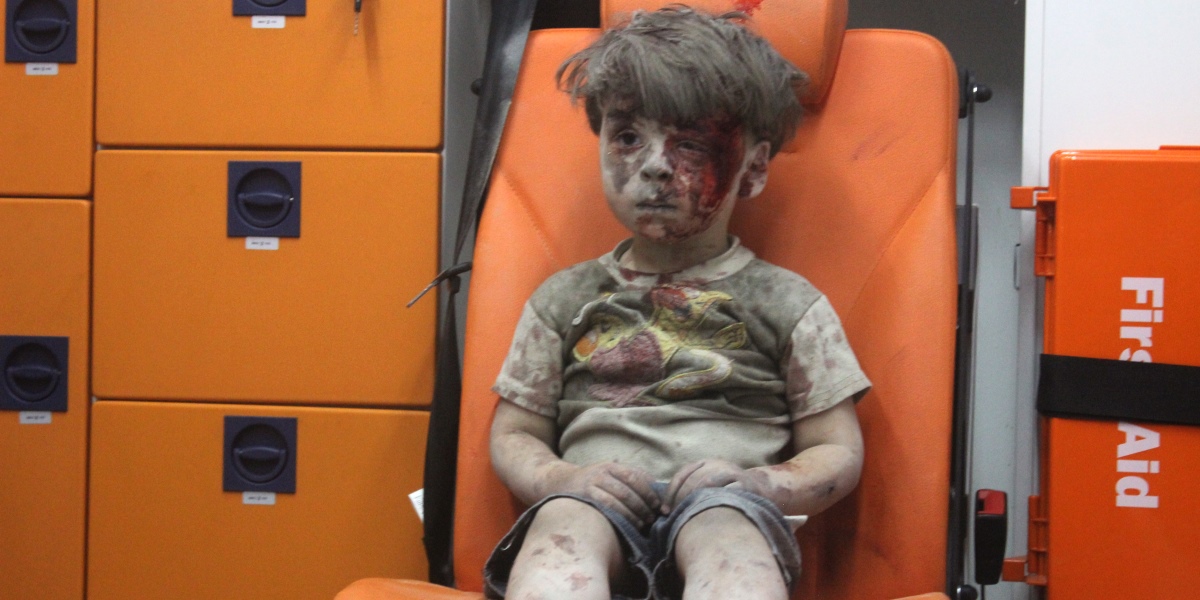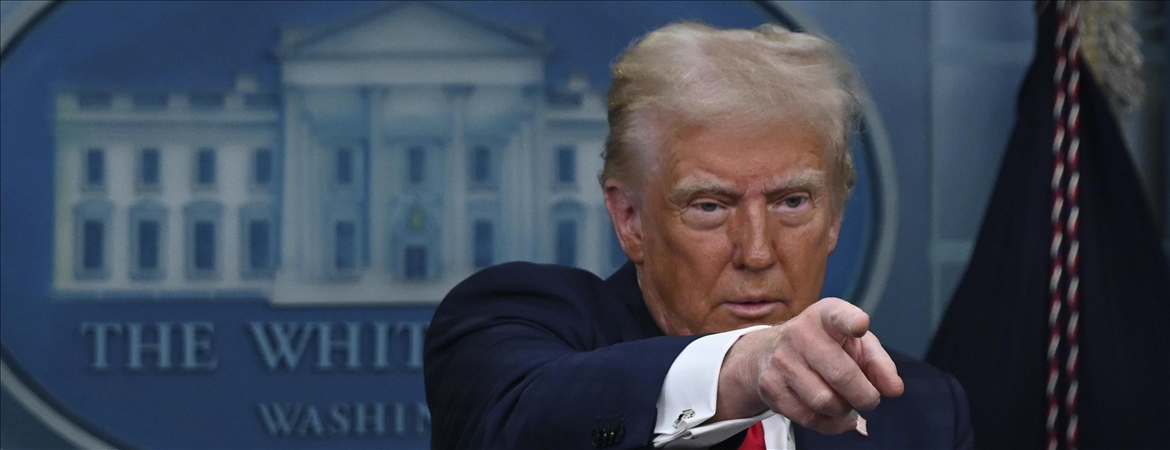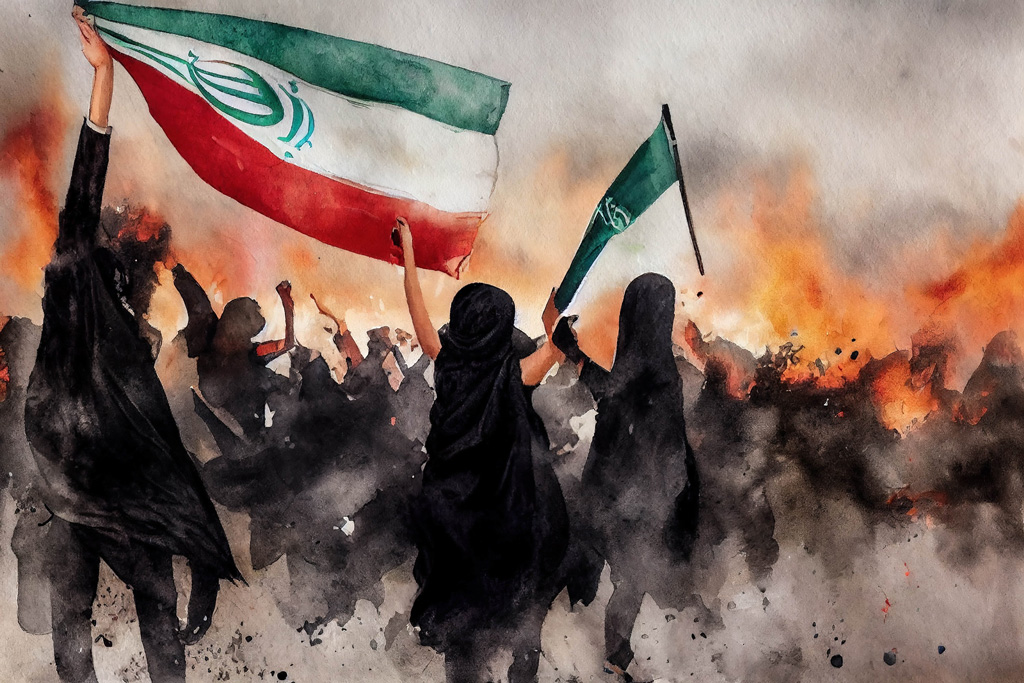In two months, following the election, the Obama era in the U.S. will be over. U.S. President Barack Obama was elected in a critical period in U.S. history. The economy was experiencing one of the most difficult periods in its history and, on top of that, despite the relative success of the surge, there was too much ambivalence toward the future of the Iraq War. Obama won the election with a slogan of hope, and this hope was not only picked up by the American people, but also by people from different parts of the world who were hoping for a different United States of America, one that will be less unilateral, less aggressive and less polarizing. This hope leads to Obama gaining a record level of popularity. Even when he was just a candidate, he was a rock star. His speech in Berlin gathered hundreds of thousands of people.
After eight years, President Obama is leaving office. When analysts discuss the record of President Obama there is disagreement. Some mention the Affordable Care Act, while others prefer to focus on the economic recovery as the most significant successes of his administration. The nuclear deal with Iran and the rapprochement with Cuba were also mentioned by others. However, when we discuss the most significant failure of the administration, there is a significant consensus. The Syrian crisis and U.S. policy toward this crisis over the last five years are among the most unsuccessful areas of the Obama era. It was written numerous times in this column how the administration failed in Syria because of prevalent indecisiveness and chronic inaction. Despite the violation of the most basic norms in international relations, including the committing of war crimes and use of weapons of mass destruction, the administration preferred to avoid any form of engagement. This lack of action also eradicated the deterrent power of the U.S. in the region.
As a result of this, the most significant humanitarian crisis since World War II has taken place in the middle of the Middle East. The world will remember this with three different pictures of war. The first of these pictures was the recorded pictures from a makeshift morgue in a hospital in Damascus's suburbs after the use of chemical weapons in Ghouta. The bodies of tens of kids will be one of the most tragic pictures of the war. Despite the agreement with the regime, so that it would give up all of its chemical weapons, the regime continued to use different types of chemical weapons. Last week, both the U.N. and the Organization for the Prohibition of Chemical Weapons declared that the Assad regime used chlorine gas against civilians. It was a serious blow for the Obama administration, which announced the agreement as a major victory against the regime. Secondly, the picture of the body of a toddler on the Aegean coast is still the most representative image of the tragedy of the Syrian refugees. Despite different calls by humanitarian groups and the government, major powers in the international community avoided engaging in the situation to create a safe zone for the refugees in northern Syria for the last four years. In the absence of any safety, refugees started to escape to the West. Thousands of them became easy prey for human smugglers and illicit networks and thousands of others died in the waters of the Aegean and Mediterranean Seas. Aylan Kurdi was only one of them. The third picture was taken last month in Aleppo. Another child was sitting in an ambulance covered with dust and blood, waiting for medical attention. Many have experienced that following the agreement on chemical weapons; the red line may become a green light for the Syrian regime to kill people through conventional weapons. Especially in cities like Aleppo, the regime continues to pound tons of bombs indiscriminately on the civilian population. The picture of Umran was only an example of what these bombings are doing. The long cease-fire negotiations between the U.S. and Russia did not bring any good for the people of Aleppo and Syria. As a result, today the regime continues to bomb civilians in Syria.
These three pictures of kids will be an important representation of the war in Syria. It will represent the failure of the major powers, including the U.S., to prevent a humanitarian disaster and shape the record of their rule. Although the members of the administration in their memories will write the details of their failure, it will be hard to challenge what these pictures can say to the generation of people in the future. Lack of action, insensitivity and indecisiveness will represent itself in these three shots.
[Daily Sabah, September 3, 2016]







